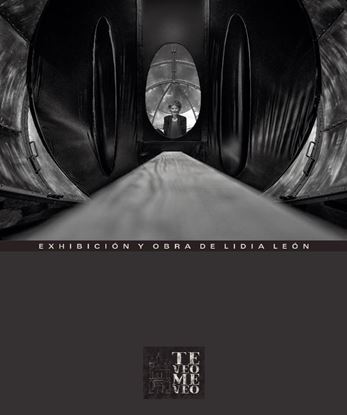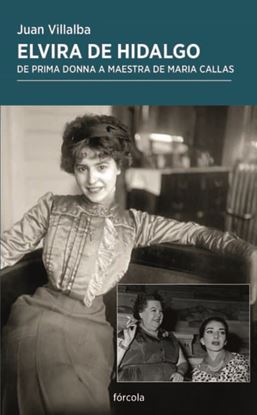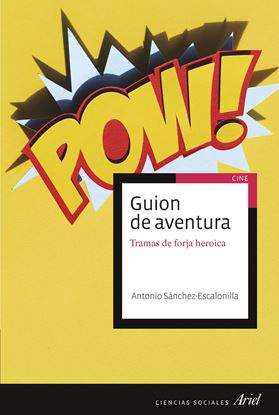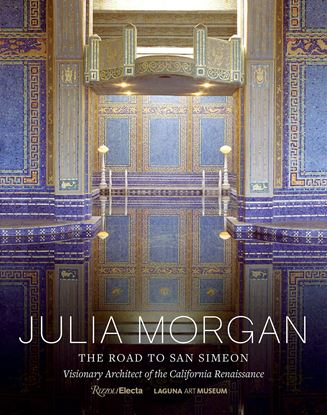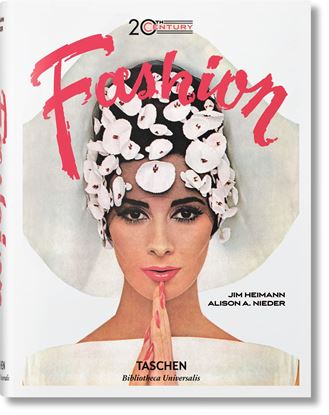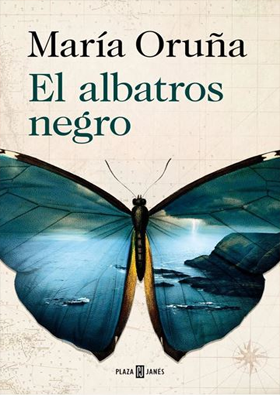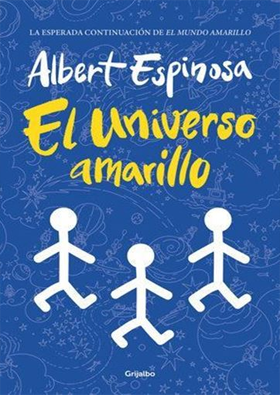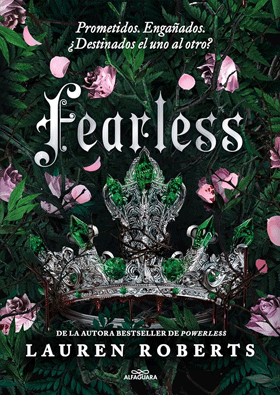

ELVIRA DE HIDALGO (OF2)
Elvira de Hidalgo (1891-1980) fue una de las más destacadas sopranos del primer tercio del siglo XX, rescatada ahora del olvido gracias a esta monumental biografía de Juan Villalba Sebastián, que ha contado con la colaboración de musicólogos y especialistas de distintas nacionalidades. Nacida en Valderrobres, Teruel, Elvira fue reconocida por todos los públicos y críticos a nivel internacional como la mejor Rosina de su epoca, la pizpireta protagonista de la popular ópera de Rossini, El barbero de Sevilla, que cantó con exito en teatros de toda Europa, Hispanoamerica y Estados Unidos. A su vez, Elvira no fue una maestra de canto al uso, y los fundamentos de sus enseñanzas se cimentaron en aquella dilatada y exitosa carrera profesional, desarrollada durante más de tres decadas. Su más famosa discípula fue Maria Callas.
500
375
GUION DE AVENTURA Y FORJA DEL HEROE
Este libro es una guía para la construcción de personajes épicos según sus misiones, perfiles y viajes interiores.
¿Qué tienen en común Katniss Everdeen, Harry Potter, Clarice Starling, Ripley, Matilda, Batman, Pippi Langstrumpf, Guido Orefice, Buzz Lightyear...? Todos son héroes o heroínas que siguen la divisa «proteger y servir», pero ¿cuál es la estructura que subyace en el imaginario heroico al que pertenecen?
Este libro es una guía para la construcción de personajes épicos según sus misiones, perfiles y viajes interiores. Una obra que no solo examina los recursos creativos empleados en las tramas de aventura, sino que replantea el desarrollo de los guiones de forja heroica a través de varias películas que coinciden con la estructura que J. R. R. Tolkien creó en El señor de los anillos.
1,250
938
CANCION DE AMOR DEFINITIVA (of2)
«Cambio de ánimo, de país y de profesión según las circunstancias. Un día estoy cantando sobre el escenario de un festival abarrotado de gente y al siguiente ejerciendo de enfermero en una residencia para pacientes con demencia y alzhéimer en Noruega. Esta doble vida, entre la música y la enfermedad, me obliga a ir y venir constantemente. Vivo entre dos mundos pero no encajo en ninguno, y todo parece estar siempre a punto de resquebrajarse. El escenario y el amor son una tregua, una burbuja a salvo de todo lo que me asfixia. Me he pasado la vida tratando de ser alguien más allá de mi casa para al final llegar a la conclusión de que lo que me importa es ser alguien en ella. Aquí es donde residen el gran amor de mi vida y mis hijas, y es donde sigo manteniendo intacta la esperanza de escribir algún día la canción de amor definitiva».
Jorge Martí es líder y cantante de una de las bandas más importantes del indie español: La habitación roja. Pero su vida no es la que se podría esperar del líder de una banda de rock, tiene una cara A: la que muestra en el escenario cuando canta junto a sus fans a pleno pulmón Ayer o Indestructibles, concede entrevistas y viaja promocionando sus discos. Y una cara B, desconocida para sus miles de fans, la del fracaso, las expectativas no cumplidas, la decepción, la enfermedad, y también el amor y la música, que tal vez sean la misma cosa.
500
375
JULIA MORGAN
Julia Morgan was truly a pioneer of her time—among other accomplishments, she was the first woman architect to be licensed in California, in 1904. Through her remarkable life and legacy, this book celebrates the Beaux-Arts architecture of California. Focusing on Morgan’s most famous project in the state, Hearst Castle, to which she devoted more than 30 years of her life, this volume also examines, for the first time, Morgan’s fabulous early buildings in the style. Morgan designed more than 700 buildings across California, many of which are designated landmarks today. Deepening the reader’s understanding of California archi-tecture, this book also places into context Morgan’s ambitions, her influences and inspirations, as well as her daily practice and challenges as a woman shaping an extraordinarily prolific and highly successful career in a man’s world.
To better understand the Beaux-Arts training Morgan underwent in Paris, the reader is taken through the challenging, highly arduous Ecole des Beaux-Arts curriculum, which Morgan completed, a lone woman among men. Also explored, in detail, is the story of how the studio and kilns of California Faience, a Berkeley ceramic artisan’s shop, became the supplier of tens of thousands of tiles designed by Morgan and overseen by Hearst himself to decorate their architectural master-piece overlooking the Pacific Ocean.
2,995
2,246
20TH CENTURY FASHION (BIBLIOTHECA UNIVER
The 20th century saw fashion evolve from an exclusive Parisian salon business catering for the wealthy elite into a global industry employing millions, with new trends whisked into stores before the last model has even left the catwalk.
Along the way, the signature silhouettes of each era evolved beyond recognition. For women, House of Worth crinolines gave way to Vionnet's bias-cut gowns, Dior's New Look to Quant's Chelsea Look, Halston's white suit to Frankie B.'s low-rise jeans. In menswear, ready-made suits signaled the demise of bespoke tailoring, long before Hawaiian shirts or skinny jeans entered the game.
20th-Century Fashion offers a retrospective of the last hundred years of style via 400 fashion advertisements from the Jim Heimann Collection. The images trace not only the changing trends but also the evolution in their marketing and audience, as fashion was adopted into popular culture and the mass market, decade by decade. An in-depth introduction and illustrated timeline detail the style-makers and trendsetters, and how historic events, design houses, retailers, films, magazines, and celebrities shaped the way we dressed-then and now.
1,800
1,350


